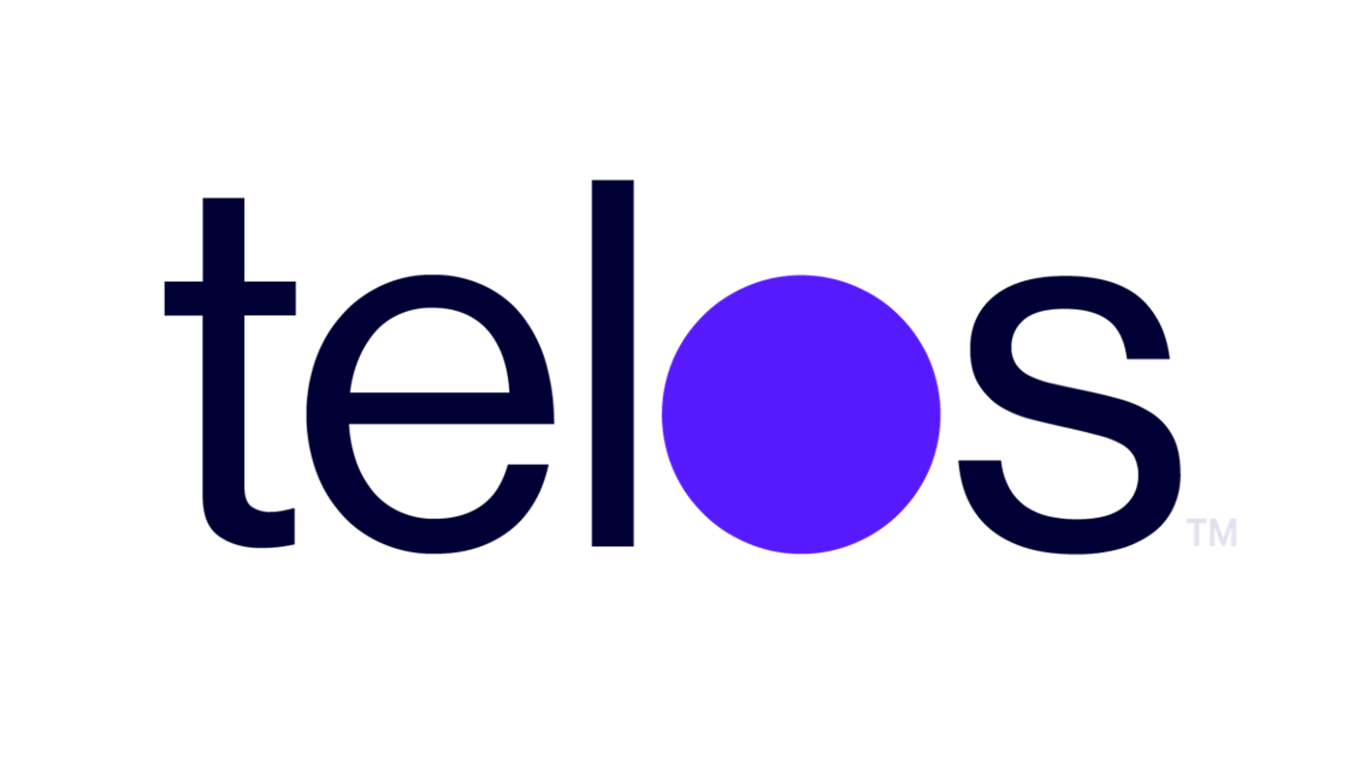Telos Blockchain: A Leader in Decentralization and Credible Neutrality
Telos Blockchain (ticker: TLOS) stands out as a highly decentralized and robust layer 1 platform that adheres to Environmental, Social, and Governance (ESG) principles. It is recognized for housing the fastest and most capable Ethereum Virtual Machine (tEVM) in the market. The platform achieves its credible neutrality and decentralization through a network of at least 42 distinct validating nodes, in stark contrast to the significantly smaller number of large mining pools that secure Bitcoin and Ethereum.
Competitive Analysis Confirms Telos’ Position
After an extensive evaluation of decentralization across leading Layer 1 blockchains, the Telos Foundation has validated its initial beliefs regarding the platform’s standing. The analysis, which emphasizes validator equity and architectural and financial factors, reaffirmed that Telos is a frontrunner in terms of credible neutrality and decentralization.
Decentralization vs. Centralization in Mining Pools
The discrepancies in mining pool equality have rendered the vast number of nodes irrelevant. As illustrated in the accompanying pie charts, Telos has ensured a fair distribution among its active validators, a stark contrast to the centralization seen in the mining pools of Bitcoin and Ethereum. Over time, well-funded mining pools have eclipsed smaller ones, creating a scenario where the integrity of a peer-to-peer network is compromised. For a network to maintain credible neutrality, it is essential to have balanced validator power and responsibilities. Without this equilibrium, the protective advantages of decentralized peer-to-peer networking are significantly weakened. A decentralized network composed of balanced validators can better shield itself from potential regulatory threats or restrictions from governmental coalitions. If only a few validators need to be targeted, it becomes simpler for authorities to exert influence, undermining the very insulation that a peer-to-peer network is supposed to provide.
The Risk of Validator Majority Coalitions
The threat to decentralization and stability extends beyond government intervention; the possibility of a coalition forming among a majority of validators poses significant risks. Despite the extensive node counts, Bitcoin requires just about five large mining pools to achieve a majority, while Ethereum needs around four, compared to Telos, which would need 22. This notable difference highlights the community-driven voting system in Telos, where validators are elected fairly, as opposed to Bitcoin and Ethereum, where the principles of mining pools are often anonymous and can leverage financial power to dominate.
Concerns Over Credible Neutrality
Credible neutrality is unattainable in environments where a few wealthy individuals exert control and influence. The trend towards validator centralization raises critical questions regarding neutrality—specifically, whether the objectives of the majority validators align with the best interests of the blockchain. The potential for a major mining pool to be operated by a crime syndicate, unbeknownst to the community, exemplifies the dangers of anonymity in these systems. Conversely, Telos’ governance model, which promotes equal validator representation and regular community voting, mitigates these concerns, ensuring that the integrity and neutrality of the chain are preserved.
Insider Allocations and Their Impact on Neutrality
Telos distinguishes itself as a 100% bootstrap project, with 95% of its coins airdropped to the community and 5% allocated as compensation to nearly 150 contributors, with no insider allocations or initial coin offerings (ICOs) involved. This approach places Telos on par with Bitcoin in terms of maintaining a zero insider allocation. Many other Layer 1 chains are perceived to be centralized due to their insider allocations, which undermine their potential to serve as credibly neutral public infrastructure. Consequently, these chains may never achieve acceptance as legal tender by governments, thus limiting the efficacy of decentralized applications (dApps) relying on their infrastructure.
Decentralization Features of Telos
Since its launch, Telos has prioritized decentralization, with validators being both equally sized and globally diversified. Importantly, no single ungoverned wallet holds more than 2% of the chain, reinforcing the commitment to decentralization and neutrality. Over the past four years, Telos has evolved into an exemplary blockchain solution for both public and private infrastructures. It boasts remarkable speed, low costs, high energy efficiency, and a robust defense against issues like front-running and Miner Extractable Value (MEV) that afflict Ethereum.
Decentralization Achievements
Telos is unique among third-generation layer 1 blockchains in that it has never conducted an ICO, which significantly mitigates the likelihood of insider collusion and legal challenges from regulatory bodies like the SEC. By opting to follow a bootstrap approach similar to Bitcoin, Telos has maintained its integrity. In contrast, other third-generation layer 1 chains, including Ethereum, have engaged in ICOs and may face regulatory scrutiny regarding their status as securities. The validation architecture of these other networks, while reliant on peer-to-peer systems, lacks true decentralization due to uneven distribution of monetary, voting, and validating power. With no insider allocations, Telos validators demonstrate equitable representation, as depicted in the previous pie charts.
Innovative Governance Model
Telos governance employs a highly effective voting system called Telos Decide, which is tamper-proof and secured by the TLOS tokens held by investors. Coin holders can vote based on their holdings, thus ensuring outcomes free from human interference. This level of automated community fairness is unmatched by any other Layer 1 blockchain. The governance structure is dynamic and can be amended through the votes of coin holders, all governed by on-chain smart contracts.
The Significance of Credible Neutrality and Decentralization
It is crucial for governments, investors, dApp developers, and users to recognize that the core attributes that enhance blockchain value are credible neutrality and decentralization. These elements significantly amplify utility, redundancy, security, trust, individual financial independence, dApp sovereignty, fair voting, and the potential for legal tender status. Telos operates under the conviction that both public and private sectors require a credibly neutral blockchain infrastructure that embodies the capabilities of a third-generation platform. With its rapid transaction speeds, energy efficiency, and low costs, Telos emerges as an ideal cryptocurrency for a global internet audience.

